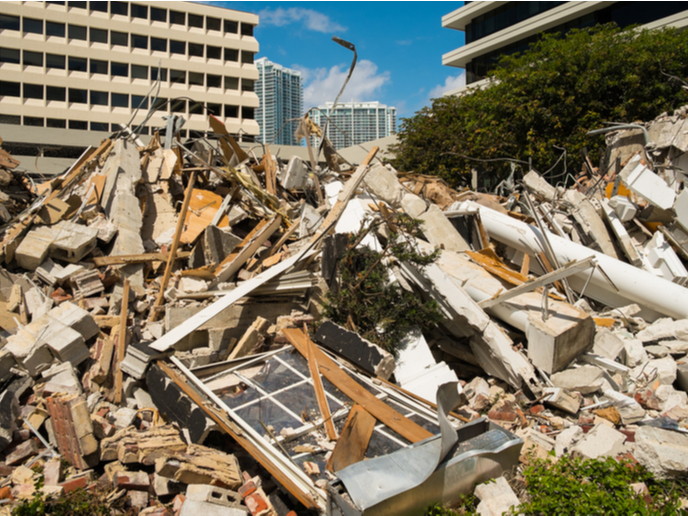Construction and demolition waste on the fast track to new service
Anyone who has ever remodelled can attest to the impressive volume and variety of waste generated in the demolition and reconstruction of something as simple as a small bathroom. Imagine the debris created in building, renovating, and demolishing buildings on a global scale. The EU-funded HISER project united 25 partners comprising 8 large companies, 8 small- and medium-sized companies (SMEs), a confederation, 6 research organisations and 2 public bodies to tackle this monumental issue. The team developed high-tech tools and advanced technologies that promise to significantly enhance the current state of construction and demolition (C&D) recycling.
Closing the circle
Current recycling rates of C&D are at about 50 % within the European Union. There are problems all along the recycling chain, resulting in an inability to get waste materials back into the market. The key stumbling blocks are inaccurate prediction of waste quantities prior to demolition, insufficient ability to trace waste materials as they move through the recycling chain, and low quality or purity of recycled materials. The last creates negative feedback, discouraging potential recyclers from getting in the game. HISER has closed the loop. According to project coordinator David García, “A combination of preliminary identification, onsite classification, and automatic sorting and recycling technologies has made a circular economy possible in the construction sector.”
A new life for C&D
One of the most important outcomes of the HISER project is a smart tool for Building Information Modelling for Smart Demolition (BIM-SD). The tool produces a building inventory, enabling engineers to determine the types, qualities, and quantities of building waste materials that will be generated. Compatible with almost any portable device, it is easy to use at any worksite. Its accuracy and cost-effectiveness have been validated in four different building types. The BIM-SD facilitates highly efficient sorting from the first moment and thus higher quantities of waste are available for recycling and reuse. Several technologies have been developed to support sorting, breakdown, and automated quality assessment to ensure quality matches quantity. These technologies can produce raw materials with purities between 80-100 % for incorporation into new building products. According to García, HISER has produced “low CO2 cement, cost-effective green concrete, bricks, plasterboards and wood-polymer composites with stony aggregates, ceramic, sand, recovered gypsum and recovered wood and mineral wool, respectively.” The technologies and products related to the ceramics, concrete, gypsum, wood, and mineral wool have all been validated at full-scale in five case studies. HISER wrapped up the technical work with integrated environmental and economic assessments via the case studies. Identification of strengths and weaknesses informed policy and standards recommendations put forth by the team. Although not originally planned at the project outset, one of HISER’s most significant achievements was organisation of the HISER International Conference in collaboration with the EU-funded BAMB project. As Garcia explains, it was “the first international conference focusing only on C&D management and recycling. During the three-day programme, 77 presentations were given by the conference participants.” A second conference is planned for 2020. The HISER project may have ended but its work and vision continue with important impact on the construction sector, C&D, and the environment.
Keywords
HISER, building, waste, recycling, materials, construction & demolition (C&D), construction, tool, sorting, wood, environment, concrete, gypsum, mineral wool



